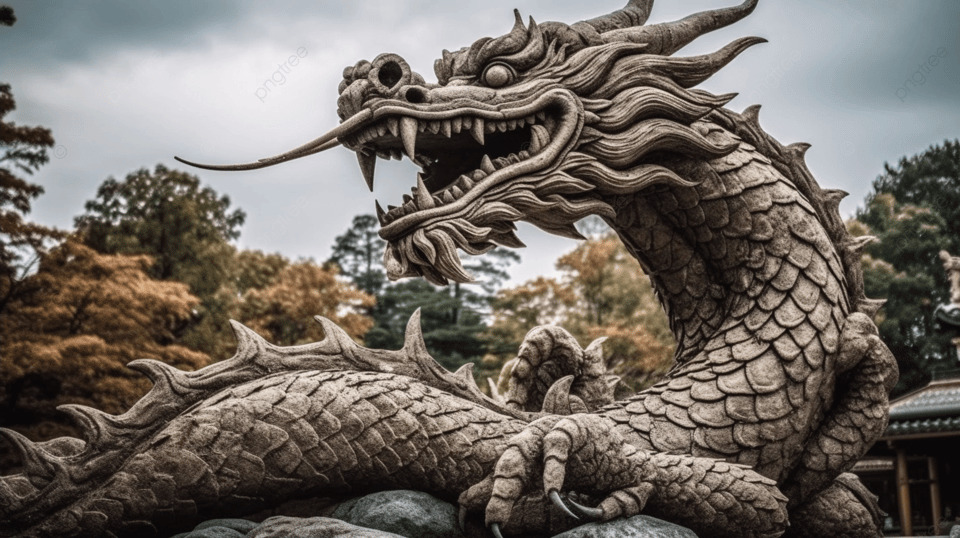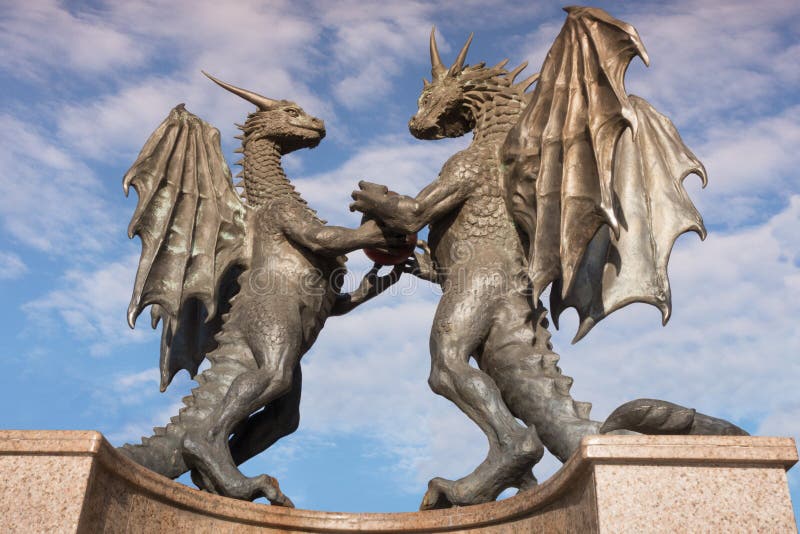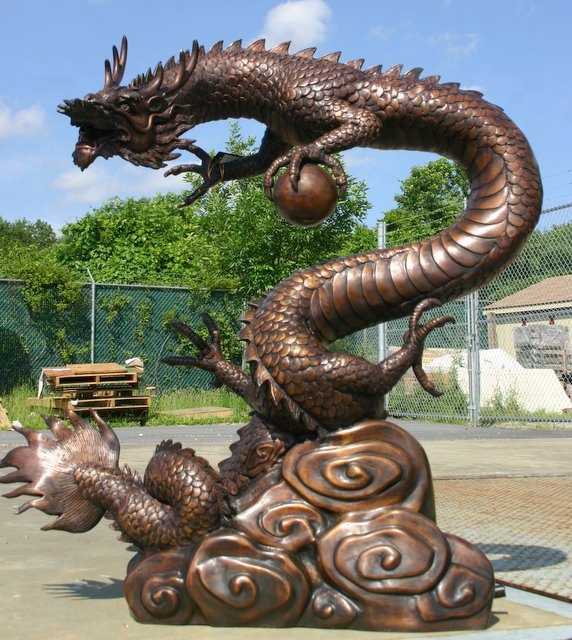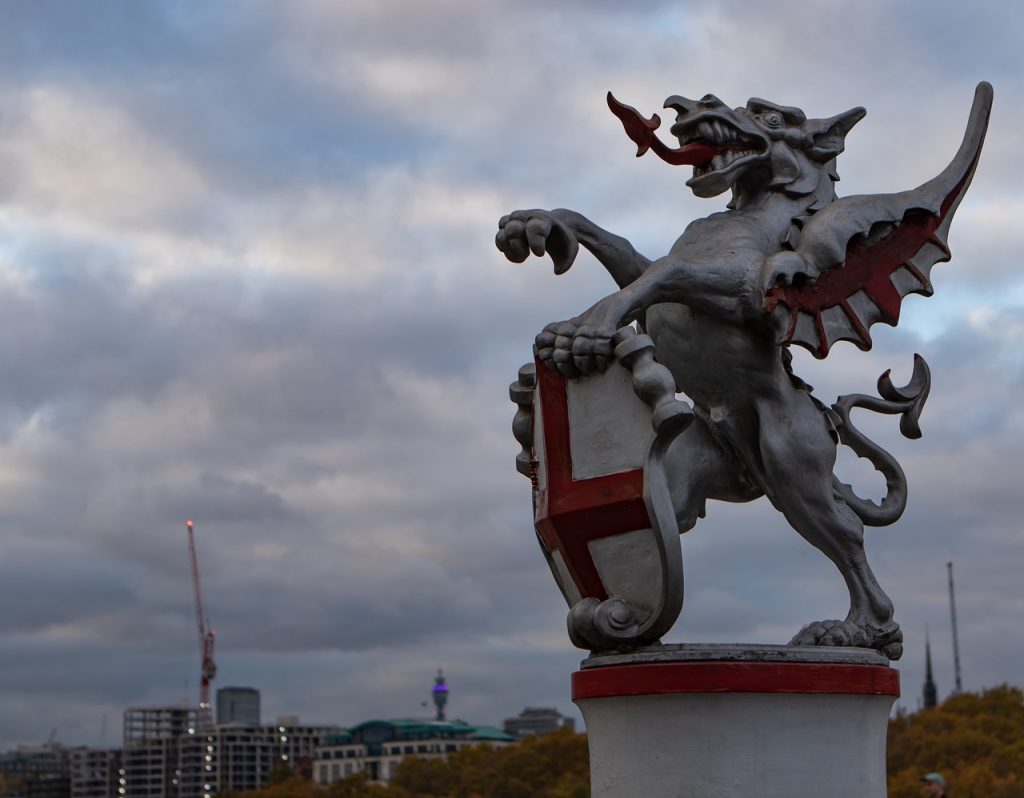
Mythology and Inheritance: The Historical Background of Dragons
Dragon Sculpture has played an important role in various cultures since ancient times. In Chinese culture, the dragon is regarded as a symbol of auspiciousness, representing authority, power, and happiness. And in Western culture, dragons are often depicted as creatures with mysterious powers, representing courage and adventurous spirit. In any culture, dragons are a mysterious and powerful existence, so dragon sculpture is highly favored as the creative theme of art.
The Shape and Expression of Dragons

Dragon sculpture showcases the imagination and artistic skills of creators with its diverse forms and expressions. In different cultures, the forms of dragons also have their own characteristics, some resembling snakes, while others have unique wings and claws. Whether it is the Eastern dragon or the Western dragon, these dragon sculptures present stunning visual effects through meticulous carving and exquisite craftsmanship.
Symbolism and Meaning: The Profound Meaning of Dragons
As a symbolic creature, dragons contain rich meanings and meanings. In Chinese culture, dragons are seen as symbols of authority, auspiciousness, and happiness, representing imperial power and empire. In Western culture, dragons often represent courage, power, and mysterious power. Therefore, The sculpture is not only a work of art, but also a manifestation of cultural inheritance and values, which can stimulate people’s thinking about concepts such as authority, happiness, and courage.
Material and craftsmanship: The production process of dragon sculpture
Creating dragon sculptures requires exquisite craftsmanship and skills. Sculptors usually choose different materials, such as stone, wood, metal, etc., to shape the shape of dragons. Whether it is a traditional Eastern dragon carved from wood or a Western style dragon cast from metal, it requires a long process of design and production. These crafts not only require sculptors to have excellent artistic creativity, but also their understanding and application of materials.

The Influence of Dragon Sculpture in Art and Culture
Dragon sculpture, as a unique art form, has a profound impact on various cultures and societies. In ancient times, dragon sculptures were often used in religious and political venues such as temples and palaces to emphasize authority and mystical power. In modern times, dragon statue is widely used in public art, urban sculpture, and other fields, becoming a part of urban culture. Whether ancient or modern, it can deeply influence people’s aesthetics and thinking through its unique form and symbolic significance.
The Value and Collection of Dragon Sculpture

Due to its unique artistic value and cultural connotation, dragon sculpture has gradually become the object of pursuit for collectors. Some dragon sculptures with a long history and exquisite craftsmanship often become important exhibits in museums and private collections. By collecting dragon sculptures, people can not only appreciate their beautiful shapes, but also appreciate the profound cultural value carried by this ancient mythological creature, the dragon.
Epilogue
Dragon sculpture, as a form of expression that blends mystery, culture, and art, has always held an important position in various cultures. It is not only a form of art, but also a manifestation of cultural inheritance and values. Through dragon sculpture, people can see that deep dragon sculpture, as a form of expression that blends mystery, culture, and art, has always held an important position in various cultures. It is not only a form of art, but also a manifestation of cultural inheritance and values. People can gain a deeper understanding of different cultures’ interpretations of concepts such as authority, courage, and happiness, thereby better understanding human history and thought.

